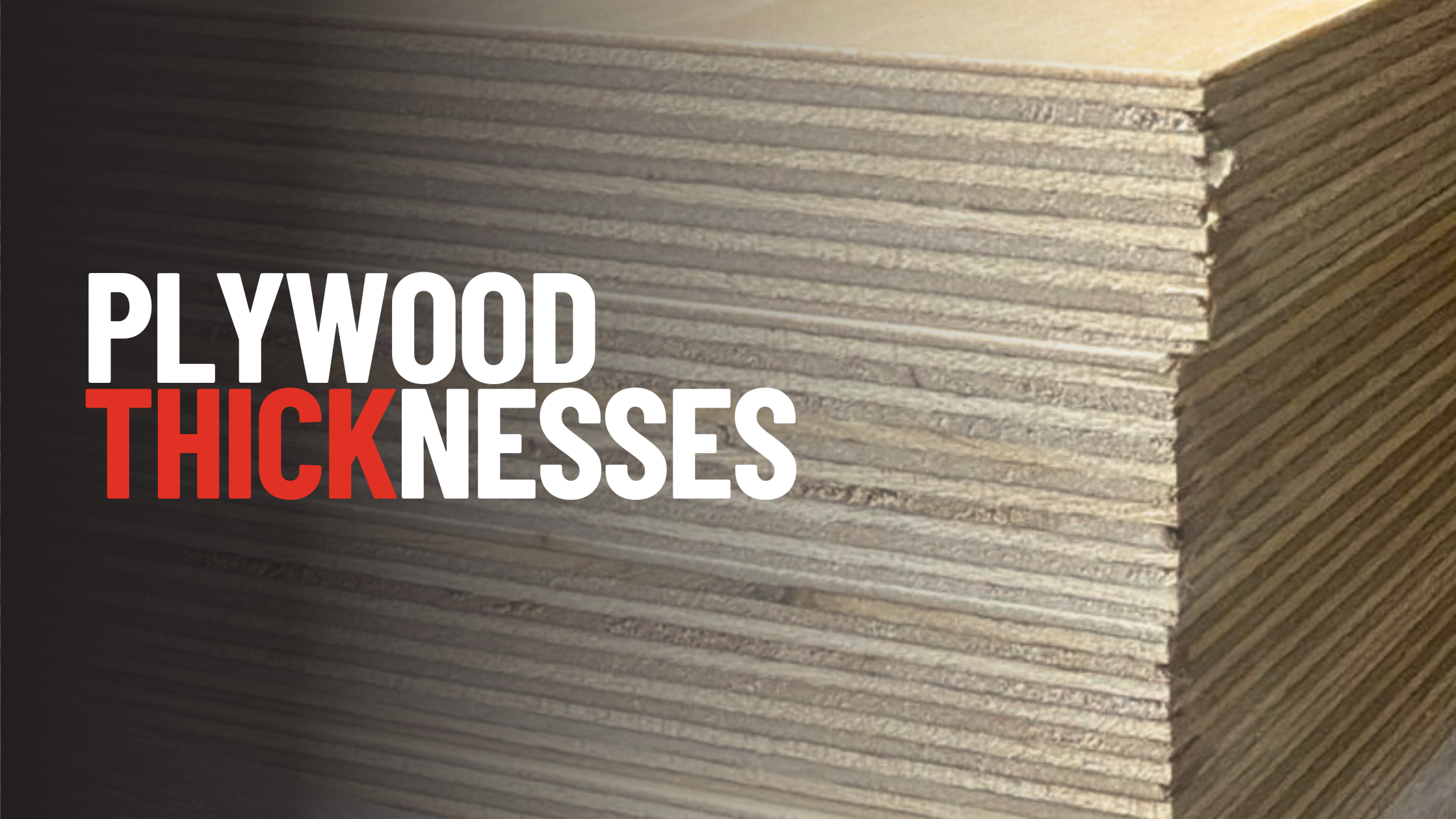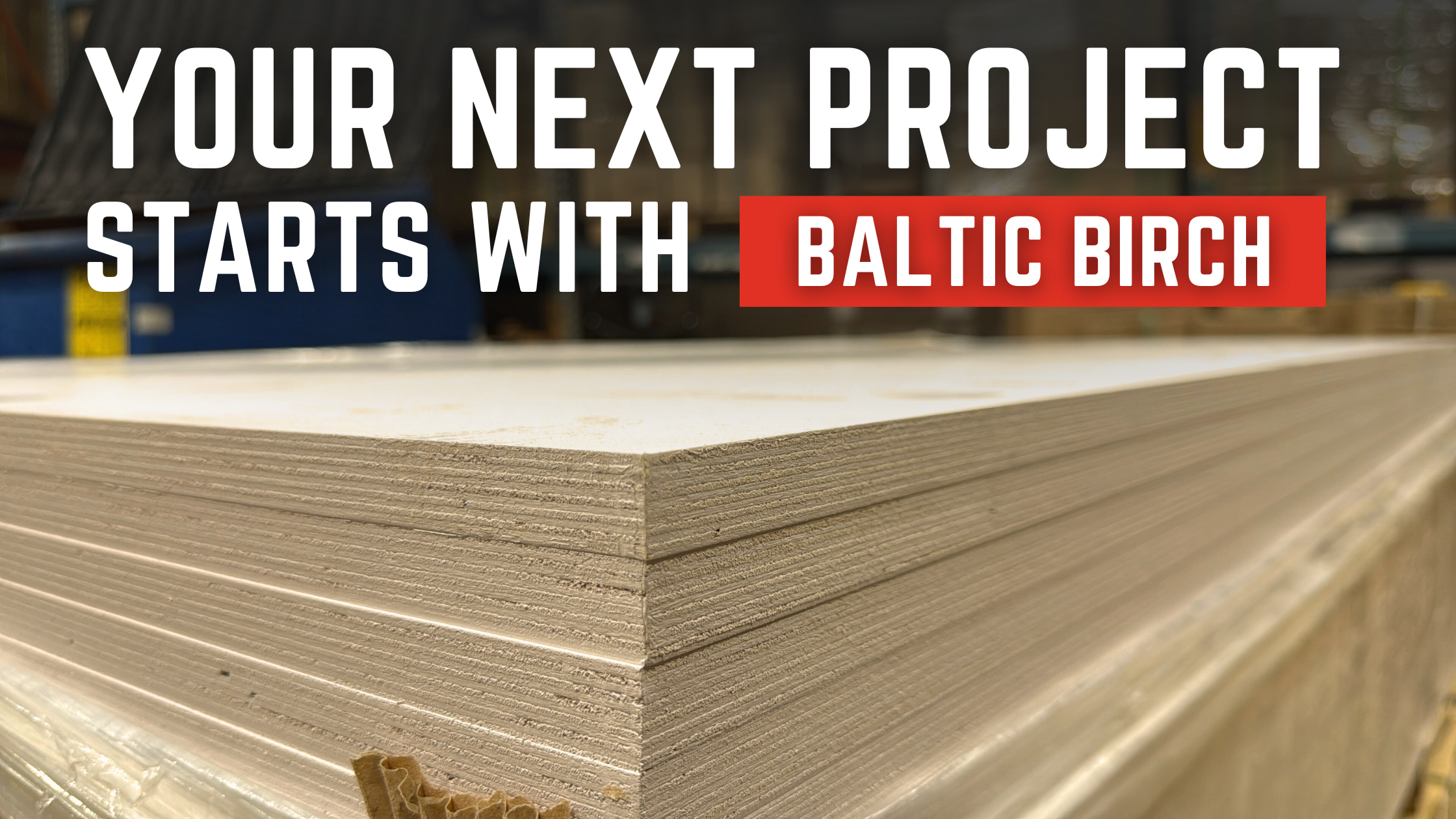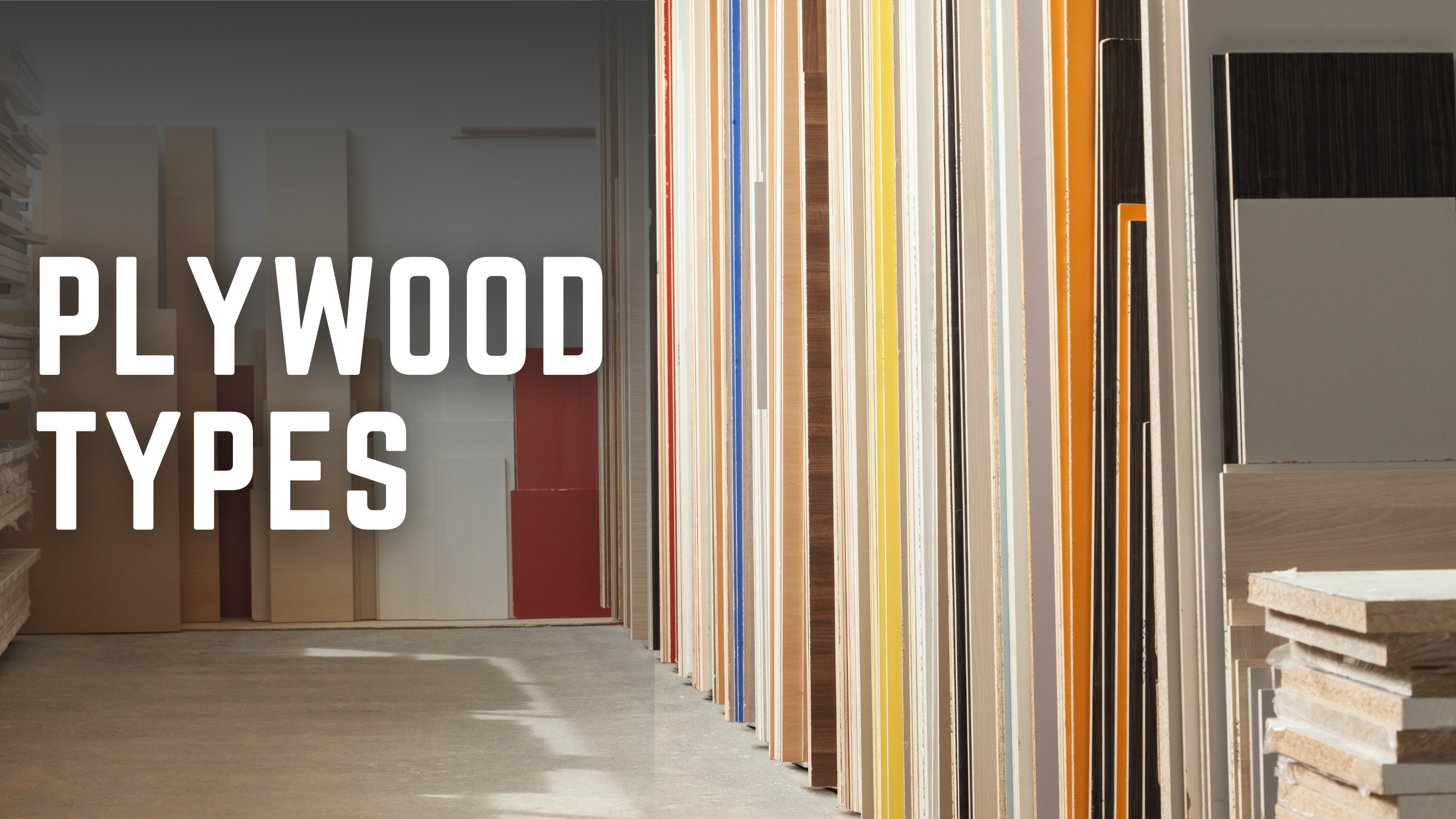
BC Plywood combines strength and a smooth finish, making it...
Need help? Chat with us or call (347) 260-8586

BC Plywood combines strength and a smooth finish, making it...

CDX plywood is one of the most common structural panels...

Discover everything you need to know about plywood thicknesses —...

Baltic birch plywood is the gold standard for cabinets, furniture,...

Drawer slides are the unsung heroes of cabinets, vanities, and...

MDF vs. Plywood: Discover the pros and cons to determine...

Diving into Prefinished vs. Unfinished Plywood: Discover the key differences...

Table of contents Find Quality Plywood in New Jersey:...

Introduction to RTD Plywood When diving into the world of...

Introduction to Baltic Birch and Birch Veneer Baltic Birch and...

Introduction: The Timeless Appeal of Shaker Style Cabinets When we...

Introduction: Why Hinges Matter in Kitchen Cabinet Design Hinges play...

Introduction to Grade A Softwood Plywood When exploring materials for...

Understanding the Basics: What is Plywood? Plywood is a versatile...
You have no items in your shopping cart.
